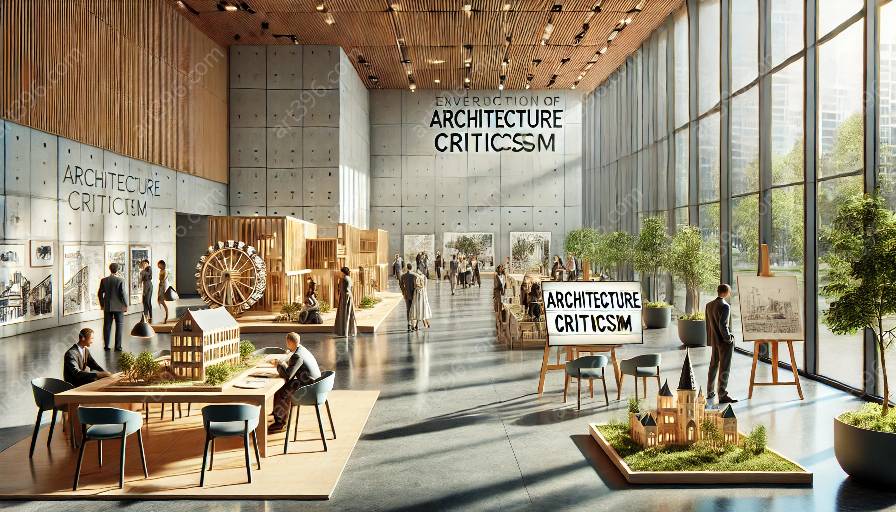Architecture is not solely about buildings and structures, but also about the context that surrounds them. When conducting architectural critique, it's vital to consider the contextual factors that influence the design, construction, and reception of a building. This topic cluster delves into the multifaceted perspectives and considerations that play a crucial role in architectural criticism.
Understanding Architecture Criticism
Architecture criticism is the process of analyzing, interpreting, and evaluating architectural works. It goes beyond the aesthetic and functional aspects of buildings, aiming to uncover the underlying ideas, cultural implications, and social impacts of architecture. Critics delve into the historical, theoretical, and socio-political dimensions of built environments to provide insightful commentary and assessment.
Significance of Contextual Considerations
Contextual considerations are pivotal in evaluating the success and relevance of architectural designs. These encompass a wide range of factors, including historical, cultural, environmental, and urban contexts. The interplay between a building and its surroundings greatly influences its meaning, functionality, and perception by the public. Therefore, a comprehensive architectural critique must account for these contextual nuances.
Historical Context
Understanding the historical context within which a building is situated is essential for architectural critique. Historical references, architectural styles, and the evolution of design trends all contribute to the way a building is perceived and valued. By contextualizing a structure within its historical timeline, critics can discern its significance and impact on architectural history.
Cultural Context
Cultural factors, such as local traditions, customs, and social dynamics, deeply influence architectural design. Critiques should explore how a building reflects and responds to the cultural context in which it is embedded. This entails examining how architecture interacts with the cultural identity of a community and contributes to its collective memory and sense of place.
Environmental Context
With growing environmental awareness, assessing the environmental impact of architectural projects has become a crucial aspect of critique. Considerations such as sustainability, energy efficiency, and the relationship between the built environment and natural landscapes are essential in evaluating a building's environmental context. Critics can address how architecture can harmonize with, and even enhance, its ecological surroundings.
Urban Context
The urban fabric in which a building exists greatly influences its function and visual impact. Urban context considerations include scale, density, connectivity, and civic engagement. Critique should explore how a building contributes to the urban realm, and how it interacts with the existing urban fabric, whether through continuity, contrast, or innovation.
Complexities of Contextual Considerations
While recognizing the importance of contextual considerations, it is also essential to acknowledge the complexities and potential conflicts that arise. The interplay between historical preservation and contemporary innovation, the balance between global influences and local identities, and the tension between economic constraints and architectural aspirations are just a few examples of the intricate web of contextual considerations.
Conclusion
Architectural critique, informed by contextual considerations, serves to enrich our understanding of the built environment. By examining the historical, cultural, environmental, and urban contexts of architecture, critics can provide nuanced evaluations that go beyond superficial aesthetics. This holistic approach to architectural critique contributes to the advancement of the architectural discourse and the promotion of thoughtful, context-sensitive design practices.





























































